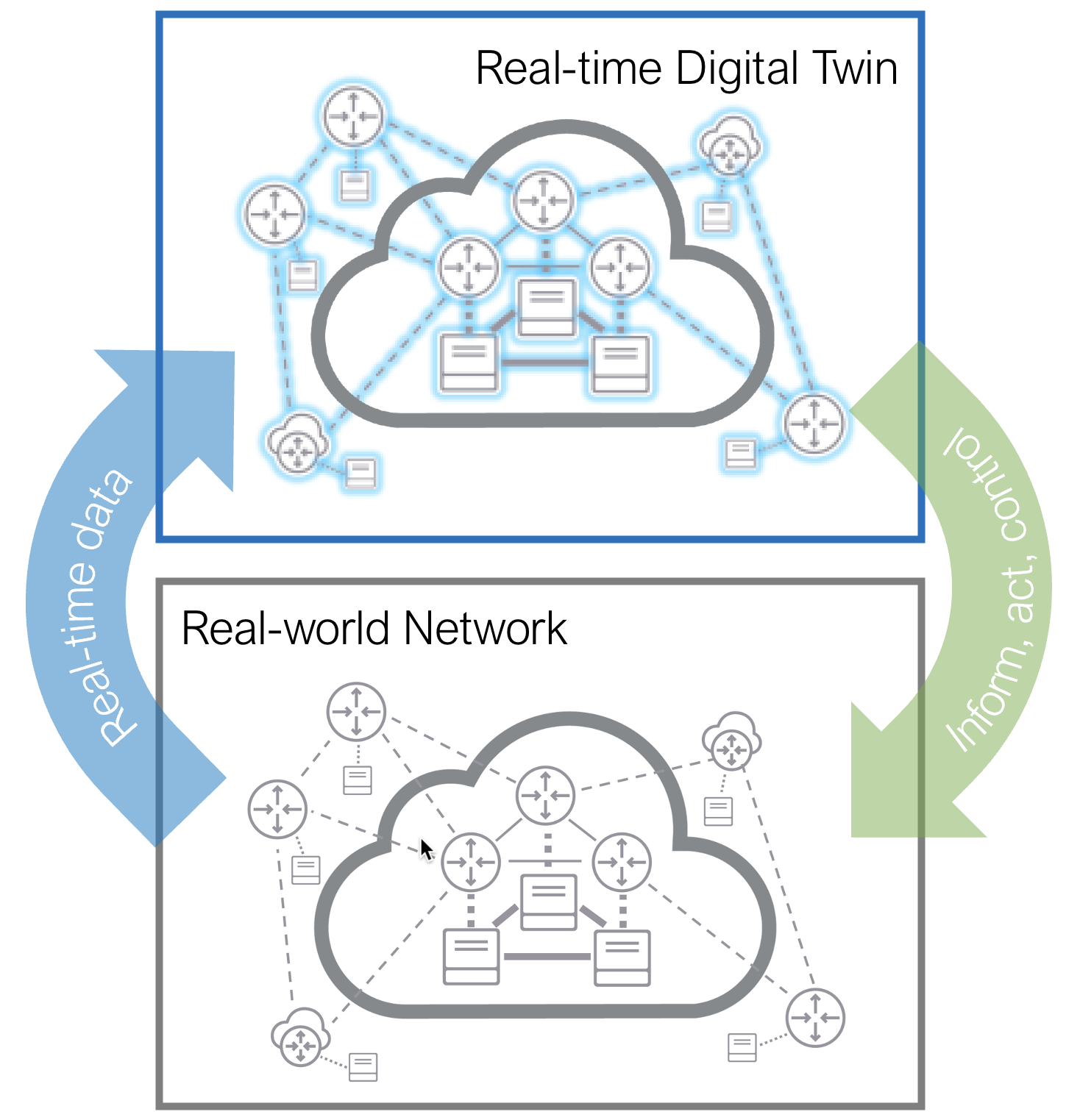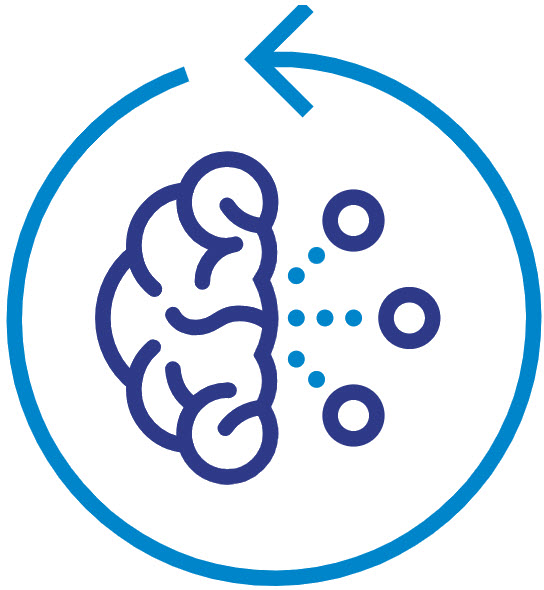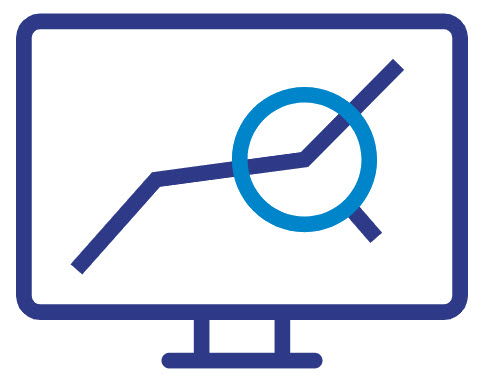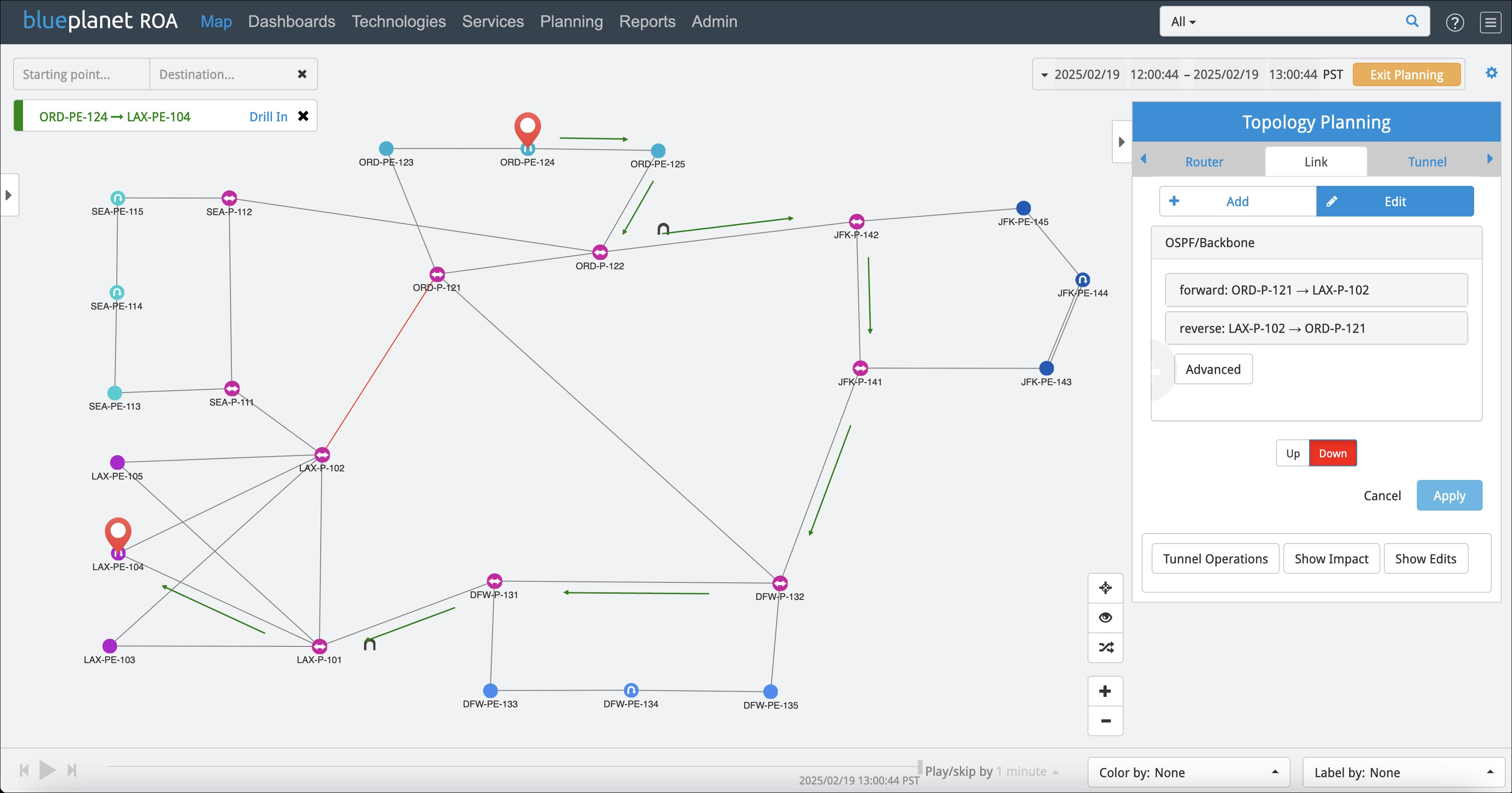From what-if to why not: How real-time digital twins transform customer experience
In an era where network complexity and demand continue to grow exponentially, a digital twin environment that provides real-time, multi-layer capabilities has become a must-have for CSPs to deliver a superior customer experience. Blue Planet's Gabriele Di Piazza explains.
Today, communication service providers (CSPs) face unprecedented challenges in managing increasingly complex networks while maintaining service quality and reliability. The convergence of highly distributed 5G networks, edge computing, and cloud architectures with new artificial intelligence (AI) workloads has created an environment where traditional network management approaches fall short. A digital twin – a virtual replica of network infrastructure and services – has become essential for modern service providers seeking a competitive advantage in terms of delivering a superior customer experience.
However, not all digital twins are created equal. While network validation in labs can test out new designs on a limited scale, today's networks and customers demand a higher level of performance assurance. Real-time, dynamic digital twins are needed to plan, deploy, troubleshoot, and optimize in rapidly changing network conditions.
 Figure 1. Representation of a real-time network digital twin.
Figure 1. Representation of a real-time network digital twin.
Beyond traditional network monitoring and planning
Traditional assurance and planning tools might help with basic capacity management, but they lack the dynamic routing, detailed traffic, and qualitative performance insights needed for optimizing complex network designs, QoS slices, multi-failure outages, or large-scale capacity growth. Blue Planet sees the need for a real-time, multi-layer digital twin environment that enables three crucial capabilities:
1. Intelligent troubleshooting with historical analysis
A modern digital twin incorporates an advanced “rewind” capability that allows operators to replay network conditions to identify the root cause of transient events that can cause widespread degradations but then disappear as IP networks dynamically re-converge. Temporal recordings and virtual replay in a safe digital twin environment help CSPs pinpoint what happened and why. This grants powerful insights into understanding the events leading to service impacts, helps mitigate future outages, and dramatically reduces the planning required to optimize performance.
2. Capacity planning and investment validation
Network digital twins also enable operators to confidently plan network evolution using sophisticated "what-if" analysis tools. CSPs can model traffic patterns and simulate network changes before implementation and validate technology upgrades, such as migration from MPLS RSVP-TE tunnels to Segment Routing, to ensure desired traffic-engineering outcomes, introduce new nodes, and maintain a low-latency VPN. The virtualized environment can also simulate traffic increases (e.g., 20% spikes) to verify network resilience. These valuable what-if tools help optimize capacity planning and capital investments while providing clear evidence that new equipment or capacity augmentation will deliver the expected performance improvements.
Precise modeling of network behavior and capacity requirements also allows operators to confirm equipment deployment impact, placement, and utilization, extend hardware lifecycles through predictive maintenance, reduce unnecessary redundancy while maintaining service quality, and make more informed decisions about infrastructure investments.
3. Proactive failure analysis
Perhaps most importantly, a digital twin enables predictive modeling of complex potential failure scenarios. CSPs can identify which optical or IP links would cause the most significant service disruption if they were to fail, simulate cascading effects across the network if failures happen at multiple network layers, and evaluate backup path effectiveness. This allows operators to develop targeted mitigation strategies before problems impact the customer experience and avoid SLA violations.
Real-time insights across multiple network layers
While many solutions offer the simulation of static network scenarios or delayed, partial network visibility, the digital twin capabilities of Blue Planet's Route Optimization and Analysis (ROA) uniquely provide comprehensive, real-time insights across multiple network layers reflecting dynamic shifts in IP route, TE tunnel, and service path routing. This deep understanding is particularly crucial for service impact analysis, BGP peering decisions, dynamic network slice management, QoS monitoring, and optimization.
 Figure 2. Topology planning a real-time network digital twin in ROA.
Figure 2. Topology planning a real-time network digital twin in ROA.
CSP’s focus on real-time routing has made digital twins essential. They help optimize routing and configuration for better capacity utilization, while virtual troubleshooting reduces field operations and their associated carbon footprint.
Looking ahead with AI capabilities
As technology continues to evolve, digital twins will increasingly incorporate AI/ML and neural network processing of more complex network topologies including access/RAN, aggregation, and public cloud. Beyond traditional network operations, we see applications in security optimization, service innovation testing, customer experience enhancement, and sustainability.
In an era where network complexity and demand continue to grow exponentially, digital twins have evolved from a nice-to-have to a must-have capability. Blue Planet Route Optimization and Analysis, combined with our broader cloud-native OSS portfolio, provides comprehensive digital twin environments that modern service providers need to maintain competitive advantage, deliver exceptional customer experiences, and meet their goals for efficiency in financial investments for system expansion.

